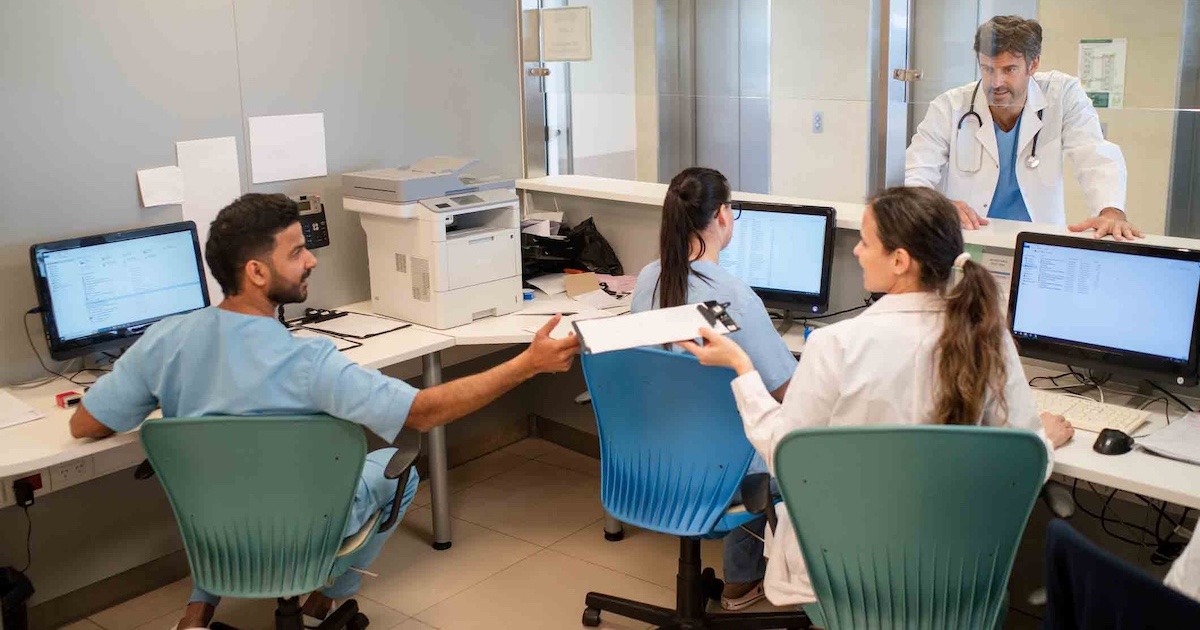The Patient Protection and Affordable Care Act (ACA) has sparked an ongoing transformation toward value-based care. With its overarching goals of improving population health while reducing overall healthcare costs, providers are shifting their care focus from symptom reduction to the promotion of long-term recovery. As accountable care payment models permeate, there’s a growing emphasis on a higher standard of care.
The fact that nearly eight out of 10 Americans have high-speed Internet access – and intelligent mobile devices are rapidly catching up – suggests there are significant opportunities to deliver innovative online solutions to address these issues and ensure healthcare reform is successful. Today’s online and mobile telehealth services for mental health can provide high-quality, effective treatments that reduce the cost of healthcare and contribute to more complete patient care and long-term recovery.
[See also: Making mental health tools mobile]
Accessibility and engagement
Telehealth solutions can offer high levels of accessibility and engagement, two key elements of improving patient outcomes. Years of clinical research have shown that mobile and online mental health interventions and testing are effective in conjunction with traditional in-person therapy, improving both short- and long-term patient engagement. This approach could cost-effectively unite mental and physical care if integrated into chronic care programs, including in areas where there is a shortage of mental health providers.
However, improving outcomes requires the right solution. It’s important to integrate an evidence-based, outcomes-focused online mental health platform supported by extensive, published clinical research that validates efficacy on par with face-to-face treatment. For the most effective patient engagement, an online mental health platform should also follow the SIPS model — supportive, interactive, personal and social — originally designed by computer science experts to leverage technology for therapy.
[See also: Kaiser strike may boost telehealth in California]
Support is foundational
Studies of online and mobile telehealth programs show that the inclusion of human support, the first element of SIPS, drives up to 100 percent improvement in results. The best results come from platforms that include support from multiple sources.
A well-executed platform should position the patient’s therapist or primary care provider as the first line of support, for management and review of patient content and progress. Additional support sources can include trained volunteers, employee assistance program coaches, therapists and built-in social community components. Ongoing care guidance, encouragement, feedback and module suggestions from multiple supporters can contribute greatly to long-term engagement and, ultimately, favorable outcomes.
The platform should additionally extend to the patient’s family and friends. For each patient with a chronic disease, it’s estimated that six family members and close friends are affected. For diagnoses such as cancer, addressing the anxieties or depression of family and friends can help them in turn become more effective support resources for the patient.
Interactive for engagement
The interactive element of SIPS encourages patient engagement, but an effective mental health platform should go well beyond the interactivity of mobile and online behavioral health journals. Interactivity merely for the sake of entertainment will not contribute sufficiently to long-term engagement and recovery.
The SIPS model calls for interactivity in the form of 24/7 access to tools and techniques. In mental health, this should include such elements as tools to build coping skills, maintain journals and engage in lifestyle charting, with interaction extending to supporters. Capabilities for the patient to “like” content and add comments will prove useful to support resources and can serve as a reference for care providers and memory aid for the patient during in-person care sessions.
Interactivity also enables the use of tools that promote customization of the care program for more effective treatment. For example, the platform can alert a therapist when interaction patterns show that the current treatment course may be ineffective, enabling redirection to alternative exercises.
Personal and relevant
SIPS’ personal element emphasizes that content must be relevant to the patient. Due to differences in age, education, social conditions and other factors, one patient may respond favorably to content that barely registers with another patient who has the same mental illness. Older patients with anxiety, for example, may not relate to scenarios about anxiety triggers for younger adults, and vice versa.
This means that a telehealth program should offer content that is not only rich but tailored, with personalized content based on the patient’s clinical evaluation offered by “locking” or “unlocking” relevant tools.
Social, but private
The final element of SIPS reflects the need for the platform to build social networks. This is a valuable asset for long-term engagement in telehealth, especially for conditions such as generalized anxiety disorder, which can leave patients feeling particularly isolated.
Unlike other social networks, however, anonymity in a mental health environment is essential to the free exchange of insight and encouragement. The program should offer complete anonymity to patients and minimize counterproductive experiences.
Integration is essential for achieving outcomes
Given the close relationship of mental and physical health, a major barrier to improving population health will remain until we address the mental health of patients with chronic disease. For example, diabetes treatment programs typically emphasize the need for patients to receive foot exams. When depression, anxiety or other mental illness causes patients to skip these exams, we must address those conditions as well.
Mobile and online mental health interventions backed by years of evidence and testing offer an effective and cost-efficient solution that improves access, engagement and outcomes. As the industry moves toward integrating evidence-based telehealth mental health programs into patient treatment plans, mobile and online health will once again prove its value. When delivered via the SIPS model, healthcare organizations can expect long-term patient engagement and satisfaction that can translate into improved performance in the era of value-based care.
Ken Cahill is CEO of SilverCloud Health.
[See also: Can telehealth displace the therapist's couch?]


